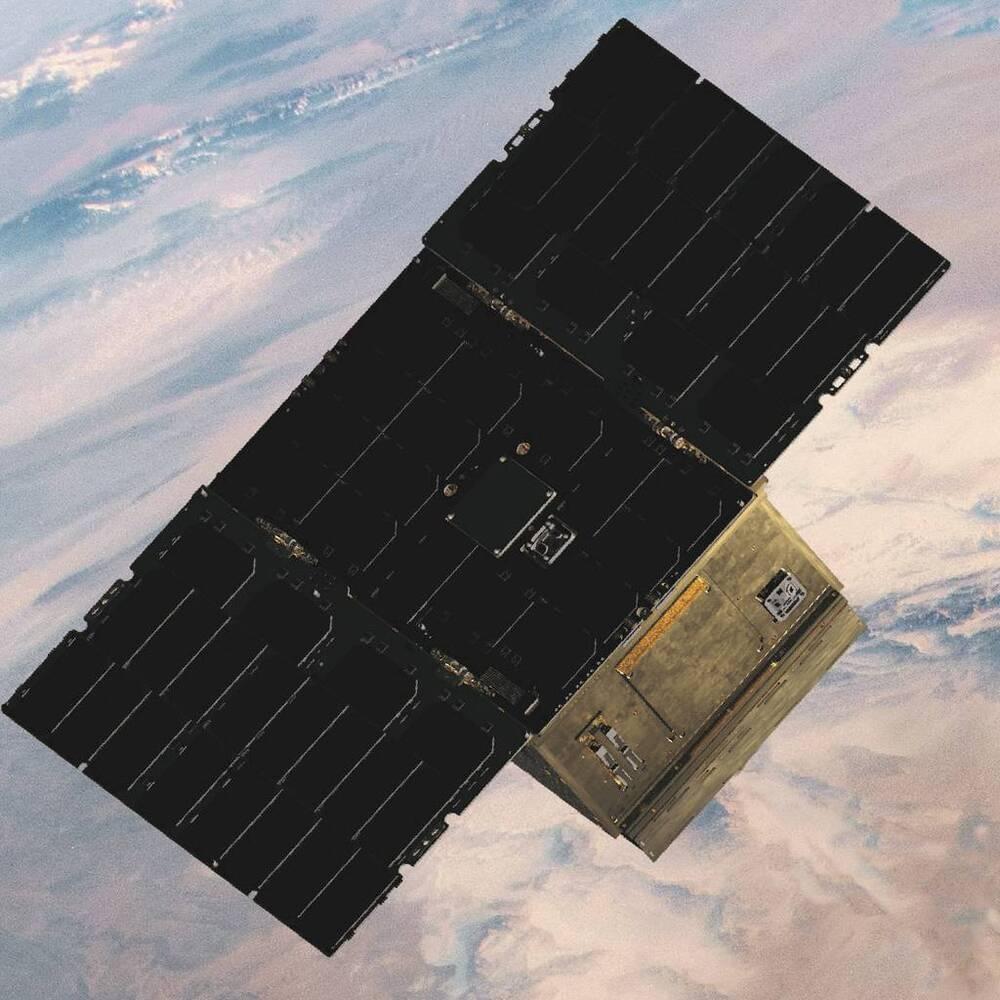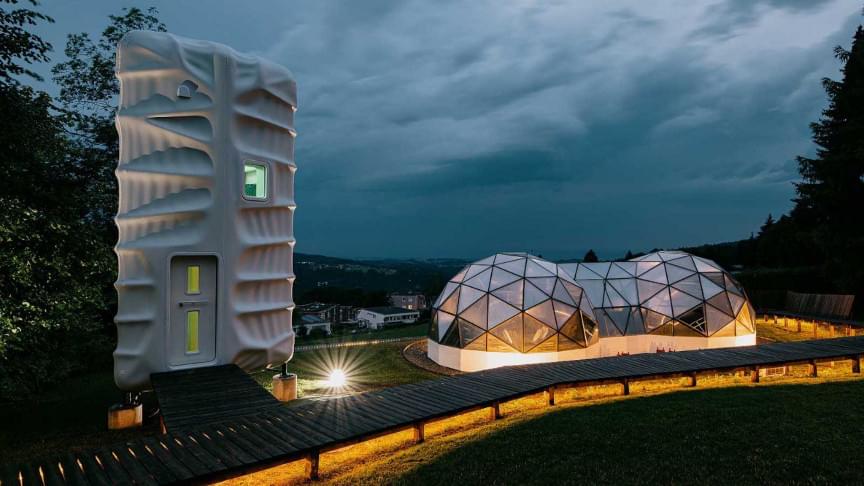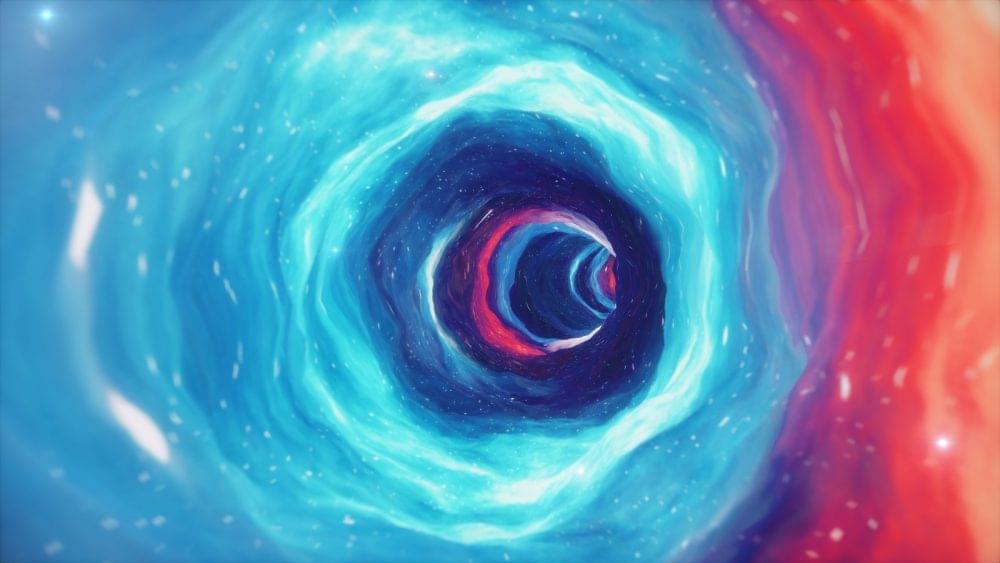The launch of Recurve reveals the latest technological advancements in radio frequencies and information transmission in the increasingly contested environment of space.


DoD has already funded Starship Cargo concepts studies and is interested in a troop rocket! Will we have SpaceX Starship Troopers? I look into what DoD is interested in, why the one hour mission just is not going to happen, alternatives and a concept for a launch on demand system. Be sure to watch to the end to catch that fun concept!
For gardening in your Lunar habitat Galactic Gregs has teamed up with True Leaf Market to bring you a great selection of seed for your planting. Check it out: http://www.pntrac.com/t/TUJGRklGSkJGTU1IS0hCRkpIRk1K
Awesome deals for long term food supplies for those long missions to deep space (or prepping in case your spaceship crashes: See the Special Deals at My Patriot Supply: www.PrepWithGreg.com.


Isro is currently working on several other missions as it looks to conduct its first human spaceflight launch with the Gaganyaan mission. (Photo: Isro)
Isro had in May this year successfully conducted a static fire test of the boosters that will power India’s maiden astronaut mission. While the four unnamed Indian Air Force officers continue to train for the mission, the ground qualification tests of launch vehicle propulsion stages have also been commenced and successfully progressing.
Being developed by Hindustan Aeronautics Limited, the Gaganyaan crew module will be the first indigenous spacecraft to take Indian astronauts into space and return them safely to Earth.

Visit https://brilliant.org/MarcusHouse/ to get started learning STEM for free, and the first 200 people will get 20% off their annual premium subscription.
The steady stream of news continues. Where we had unexpected explosive things to dive into last week, this week a much more positive, planned and progressive run of testing at SpaceX’s Starbase. SpaceX Starship Pressure Builds, Starbase 2 also screaming forward. Starlink Breaks Record with Starlink with an almost relentless cadence of Falcon 9 hurling launch after launch into orbit. Loads more to talk about with the wonders coming from the JWST, a bunch of news with Relativity Space Terran 1 and much more. Welcome to yet another incredible week.
Join the mailing list to be notified when I release a video.
https://marcushouse.space/email-list.
👕Like this shirt? Pick it up on any product you like here.
https://marcus-house.myspreadshop.com/star+ship+mars+-+dark?…6c7eb40b76
Or in reverse.
https://marcus-house.myspreadshop.com/star+ship+mars+-+light…70513a72c1
🎁 Marcus House Merch — https://marcus-house.myspreadshop.com/
You can support me on:

Circa 2021
Astrophysicist at Göttingen University discovers new theoretical hyper-fast soliton solutions.
If travel to distant stars within an individual’s lifetime is going to be possible, a means of faster-than-light propulsion will have to be found. To date, even recent research about superluminal (faster-than-light) transport based on Einstein’s theory of general relativity would require vast amounts of hypothetical particles and states of matter that have “exotic” physical properties such as negative energy density. This type of matter either cannot currently be found or cannot be manufactured in viable quantities. In contrast, new research carried out at the University of Göttingen gets around this problem by constructing a new class of hyper-fast ‘solitons’ using sources with only positive energies that can enable travel at any speed. This reignites debate about the possibility of faster-than-light travel based on conventional physics. The research is published in the journal Classical and Quantum Gravity.
The author of the paper, Dr. Erik Lentz, analyzed existing research and discovered gaps in previous ‘warp drive’ studies. Lentz noticed that there existed yet-to-be explored configurations of space-time curvature organized into ‘solitons’ that have the potential to solve the puzzle while being physically viable. A soliton – in this context also informally referred to as a ‘warp bubble’ – is a compact wave that maintains its shape and moves at constant velocity. Lentz derived the Einstein equations for unexplored soliton configurations (where the space-time metric’s shift vector components obey a hyperbolic relation), finding that the altered space-time geometries could be formed in a way that worked even with conventional energy sources. In essence, the new method uses the very structure of space and time arranged in a soliton to provide a solution to faster-than-light travel, which – unlike other research – would only need sources with positive energy densities.


Edwin “Buzz” Aldrin is giving space enthusiasts an opportunity to own a piece of American history.
The NASA legend’s most personal and cherished possessions will be up for auction through July 26.
The ‘Buzz Aldrin: American Icon’ sale, orchestrated by Sotheby’s Auction House, features the coverall jacket Aldrin wore in 1969 during the Apollo 11 mission, the first successful mission to the Moon and back.

Scientists, designers and engineers across the space industry are working tirelessly to form innovative solutions for traveling to, living on and further understanding Mars.
Mars has long occupied our imagination as a site of wonder and possibility in film — from the high-tech invasion portrayed in The War of the Worlds to Andy Weir’s perhaps more accurate depiction The Martian.
Today, reality is closer than ever to the dreams of science fiction. As early as the 2030s, humans will be able to visit Earth’s planetary neighbor in the most ambitious aerospace mission yet.
The key to becoming an interplanetary species? Cutting-edge materials. Thankfully, scientists, designers, and engineers across the space industry are working tirelessly to form innovative solutions for traveling to, living on, and further understanding Mars.